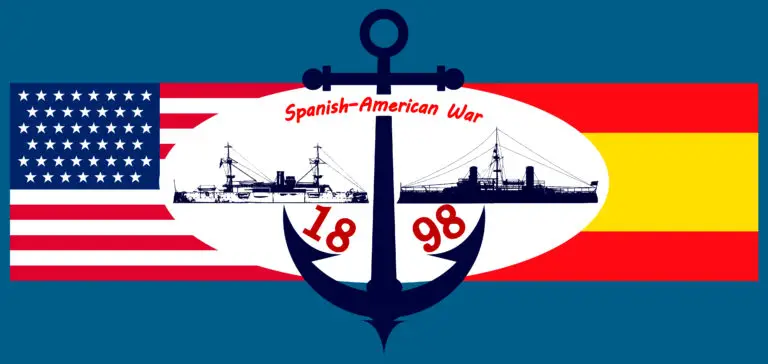Spanish-American War

Table of Contents
Spanish-American War Overview
The Spanish-American War was a conflict that took place in 1898 between the United States and Spain. It was a brief but significant war that had far-reaching consequences for both countries and marked a turning point in U.S. foreign policy.
Spanish-American War History
The Spanish-American War took place in 1898 between the United States and Spain, primarily over the issue of Cuba’s fight for independence from Spanish colonial rule.
The immediate cause of the war was the explosion of the USS Maine, an American battleship, in Havana Harbor in February 1898. While the cause of the explosion remains unclear, it fueled anti-Spanish sentiment in the United States.
The war was a brief conflict, lasting only about four months, from April to August 1898.
The famous rallying cry “Remember the Maine, to hell with Spain!” captured the public sentiment and fueled support for U.S. intervention in the Cuban struggle for independence.
The U.S. Navy, under the command of Commodore George Dewey, achieved a significant victory in the Pacific by defeating the Spanish fleet at the Battle of Manila Bay in the Philippines on May 1, 1898.
The Rough Riders, a volunteer cavalry regiment led by Theodore Roosevelt, played a prominent role in the land campaign during the war. They gained fame for their charge up San Juan Hill in Cuba.
The Treaty of Paris of 1898 officially ended the war and resulted in Spain ceding Puerto Rico, Guam, and the Philippines to the United States.
The United States paid Spain $20 million for the Philippines, leading to debates and controversy over American imperialism.
The acquisition of the Philippines marked the United States’ entry into the realm of overseas colonial territories and sparked debates over the country’s role as an imperial power.
The war marked the decline of the Spanish Empire as a global colonial power and the rise of the United States as a major player on the international stage.
Related Links
Louisiana Purchase
Trail of Tears
Treaty of Versailles
Vietnam War